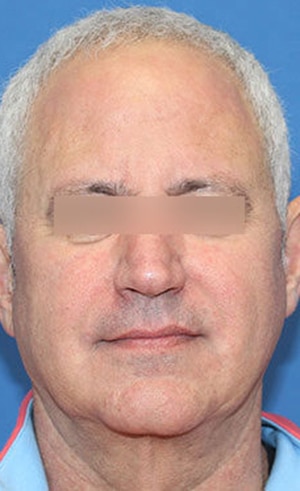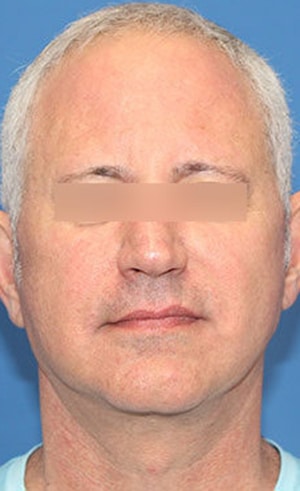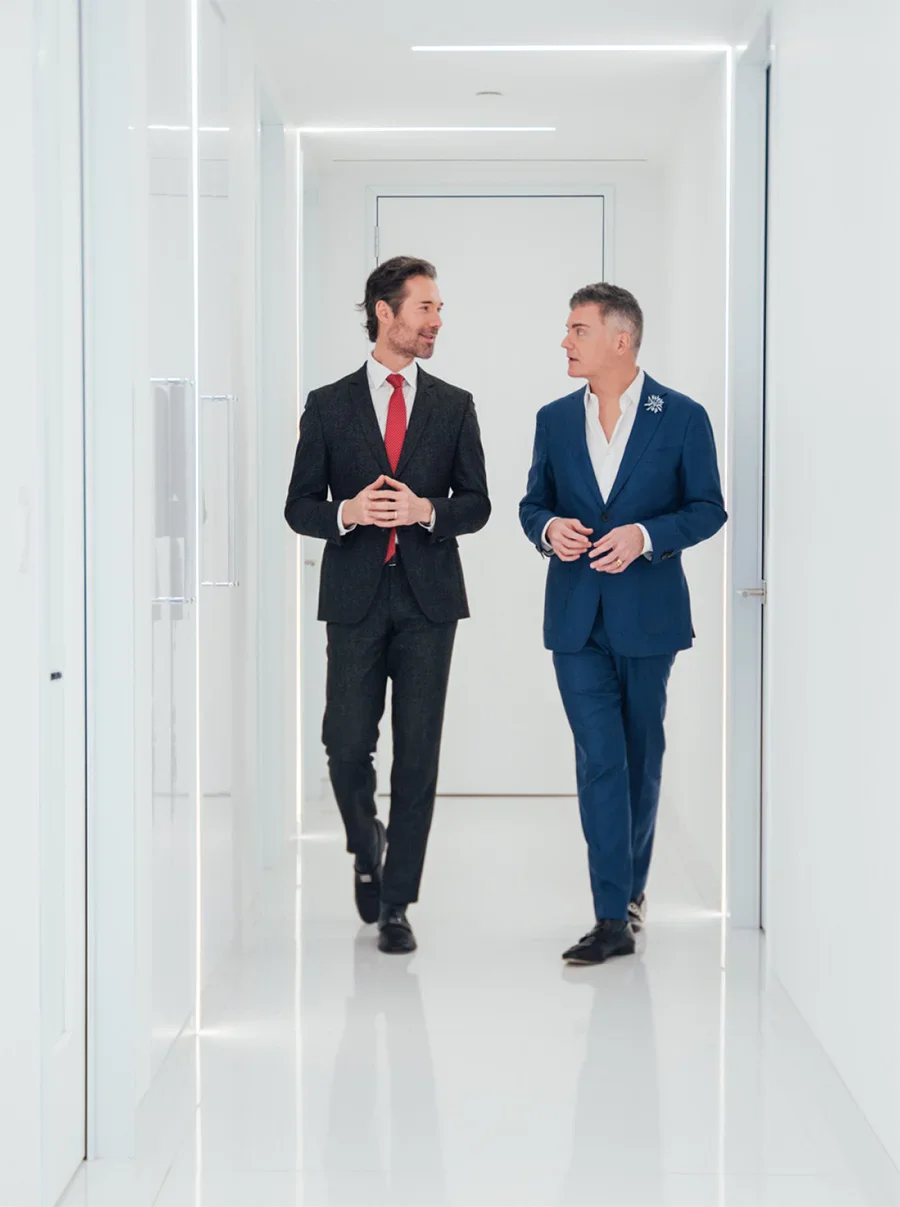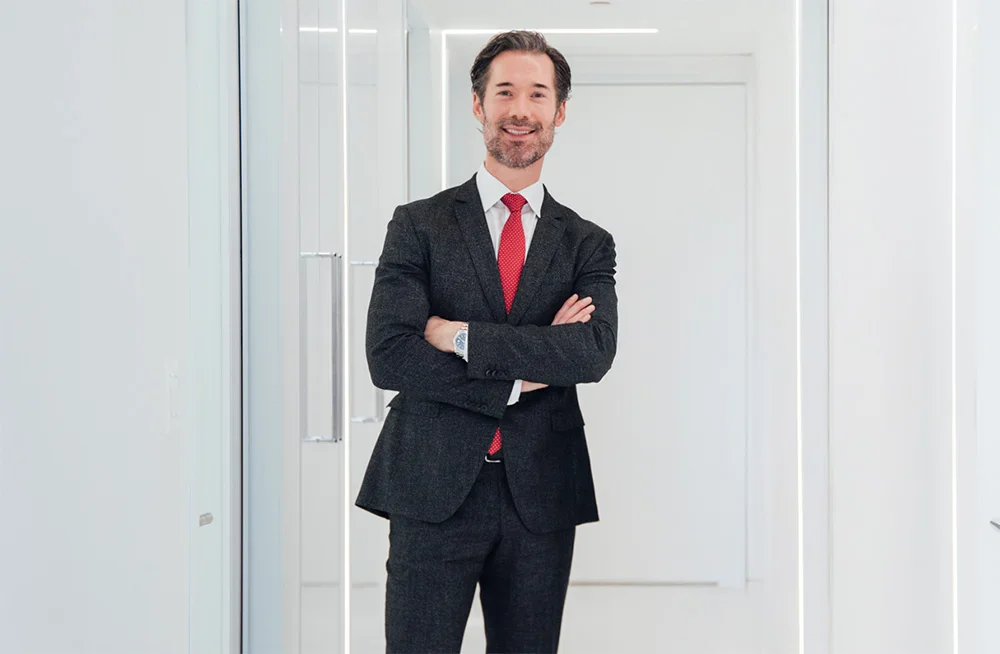What is a Deep Plane Facelift?
This term refers to a particular approach to facelift surgery in which the area of focus is the layer of connective tissue under the skin but over the facial muscles. This deep plane facelift technique that Dr. Somenek regularly performs releases the ligaments that tether down the deep plane layer which allows for tension-free movement and no tightness to the overlying skin that can be seen by the standard facelift procedure.
Several ligaments get released during the deep plane facelift surgery. The zygomatic ligament is responsible for the drooping cheek. Releasing this ligament results in elevation and restoration of cheek shape and volume. This can also provide support to the lower eyelids by restoring some of the lost volume that has descended due to the effects of gravity.
Part of the deep plane facelift is address the muscle and skin laxity in the neck. During the procedure, Dr. Somenek also releases the cervical retaining ligament that tethers the platysmal muscle which is located in the neck. This allows for full release and repositioning of the platysma which frequently becomes lax and shows “platysmal banding” in the neck as one of the first signs of aging in this area of the face.
The other ligaments that are released all help to mobilize the deep plane layer and allow full and tension-free movement.
A facelift can correct these by removing excess skin from the face and neck and by sculpting the underlying tissues and muscles in your jaw, cheek, and neck area. In contrast to the traditional “skin tightening” that surgeons used to do years ago, newer and more sophisticated techniques have been developed to re-drape the skin so that it appears younger and smoother. Areas that are addressed by a facelift include:
- Jawline
- Prominent jowls
- Excess neck skin
- Submental fat and fullness
- Loose and sagging skin









